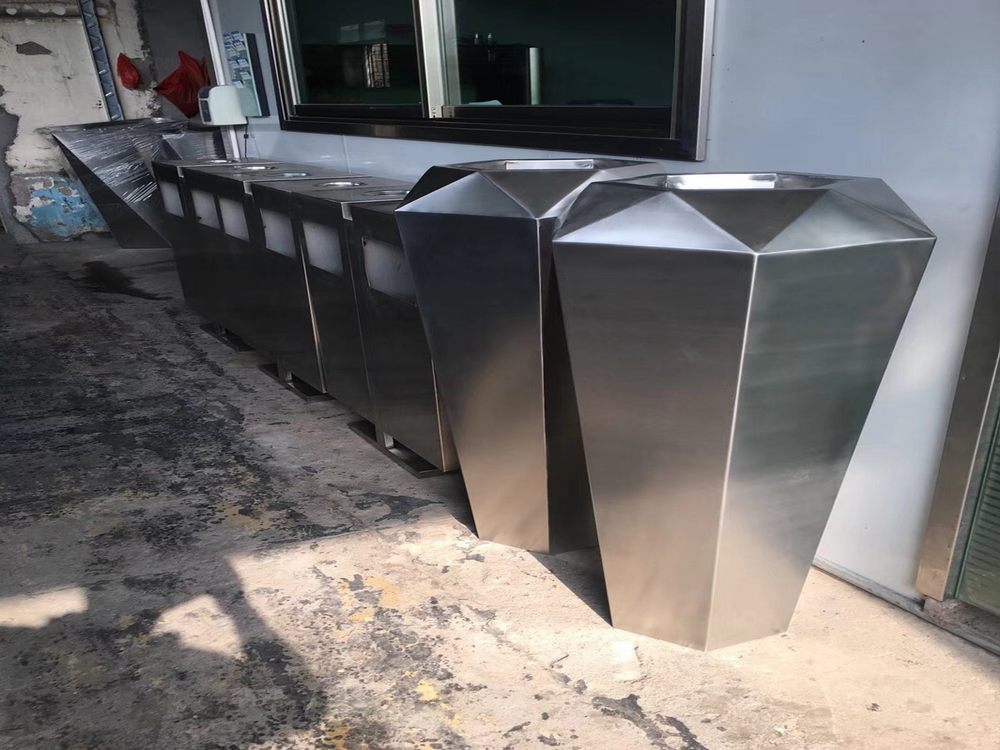
Creating wood carvings with dynamic poses is a rewarding yet demanding art form that presents several challenges. One of the most common issues is mastering the balance between intricate details and structural integrity. Dynamic poses often require delicate limbs or exaggerated movements, which can weaken the wood and lead to breakage.
Another challenge is working with the natural grain of the wood. The direction of the grain can limit the artist’s ability to carve fluid, dynamic shapes, as carving against the grain increases the risk of splintering or cracking.
Tool precision is also critical. Achieving smooth curves and sharp angles in dynamic poses demands exceptional control over carving tools. Beginners often struggle with maintaining consistency, resulting in uneven surfaces or unintended cuts.
Lastly, planning the design beforehand is essential. Unlike static carvings, dynamic poses require careful consideration of weight distribution and proportions to ensure the final piece stands securely. Overcoming these challenges requires practice, patience, and a deep understanding of both the medium and the tools.

